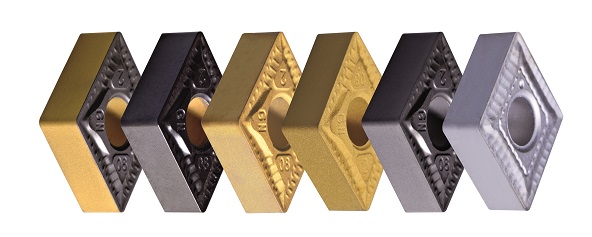In modern cutting tool insert manufacturing, multi-layer coatings — including PVD coatings like TiAlN, AlTiN, CrN and CVD coatings such as TiCN, Al₂O₃, and TiN — play a critical role in tool performance.
But in some production steps, it’s essential to selectively remove specific layers without affecting the underlying coatings or the carbide substrate. This is where wet blasting has become an indispensable process.
Here’s why:
✅ Precise, controlled layer removal: Wet blasting allows fine adjustment of process parameters — media type, slurry concentration, pressure, and nozzle angle — enabling selective removal of top layers like TiN, surface oxides, or adjusting Al₂O₃ surfaces without damaging the tool substrate.
✅ Protects cutting edge geometry: The water-based slurry cushions abrasive impacts, preventing edge rounding, micro-chipping, or altering critical chip breaker features — essential for ensuring tool performance and consistent chip control.
✅ Uniform results across complex geometries: Modern inserts often feature intricate chip breakers, coolant channels, and small radii. Wet blasting ensures consistent, uniform surface treatment even on these challenging geometries.
✅ Compatible with a range of coating systems: Whether handling PVD or CVD coatings, wet blasting can be precisely tuned for the hardness, adhesion, and thickness of each layer, supporting tight process control in multi-layer coated inserts.
Wet blasting offers manufacturers a precise, repeatable method for selective coating removal and surface conditioning — helping safeguard cutting performance and surface integrity.























